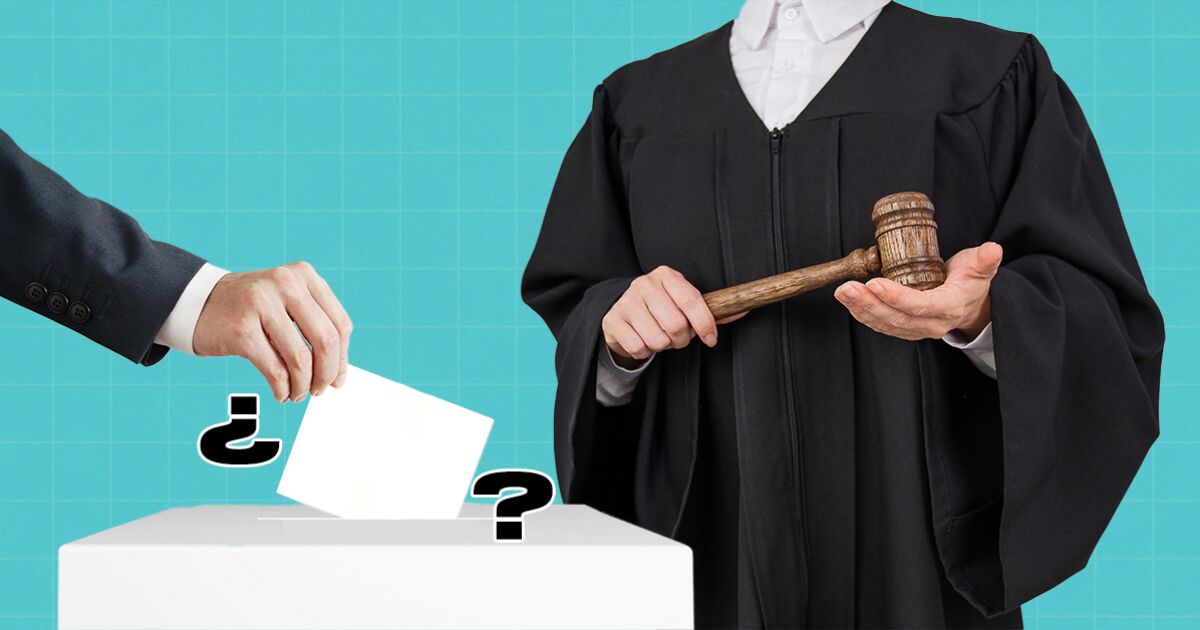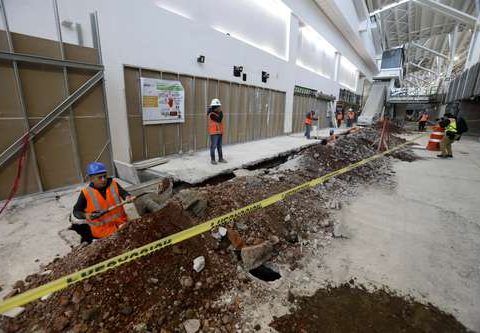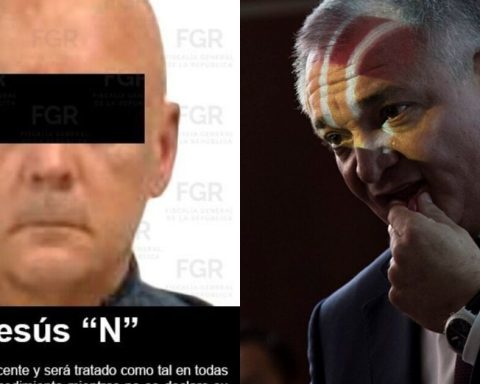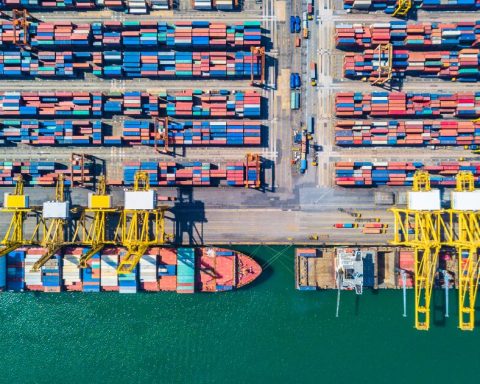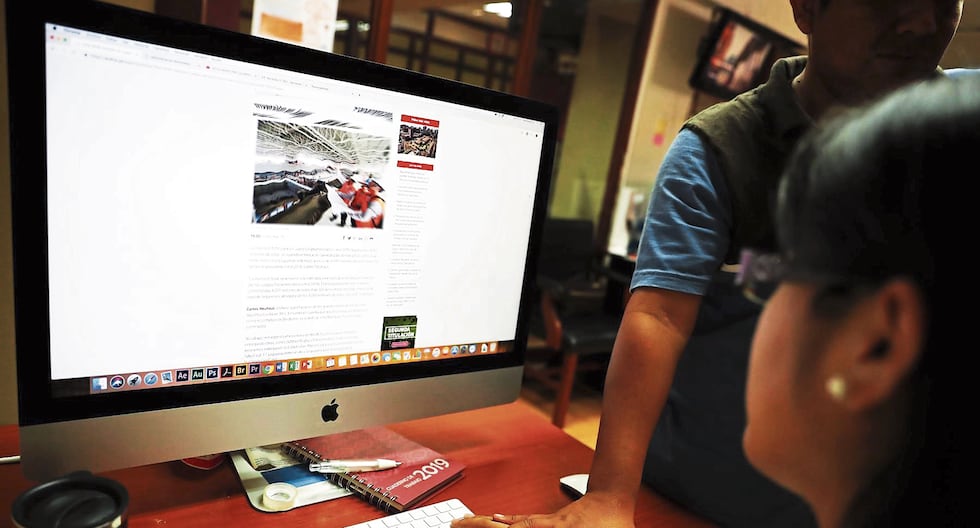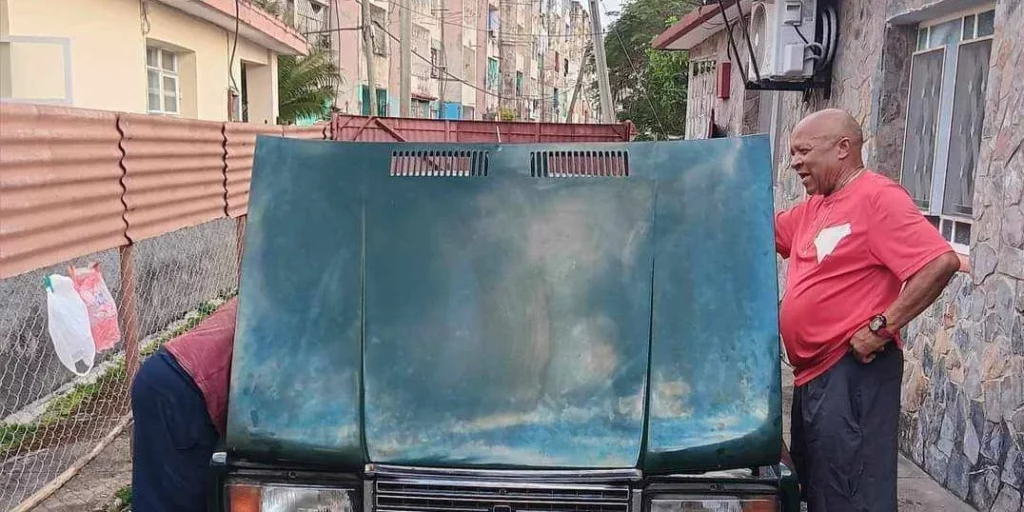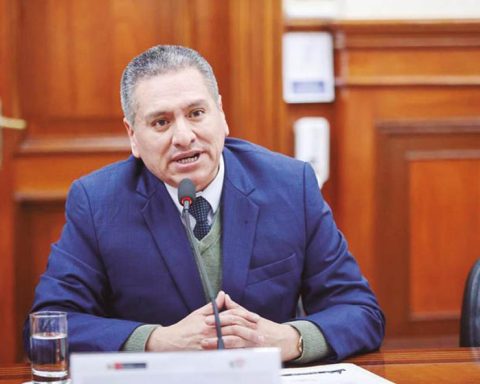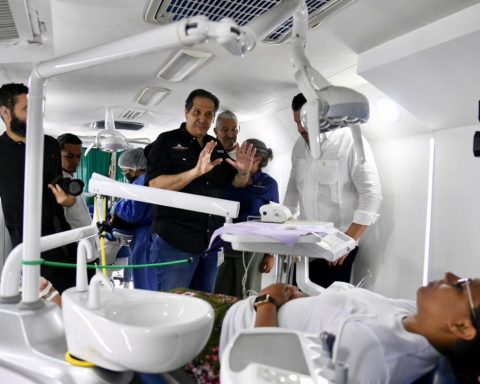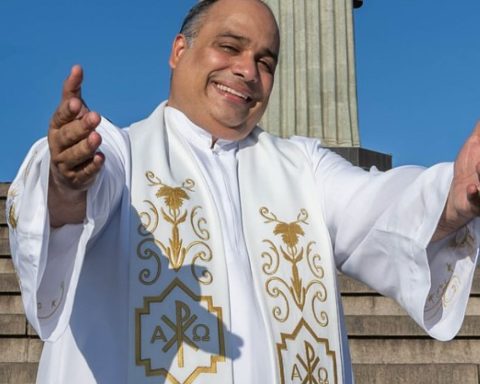How much will the judicial election cost?
Among the factors that play a role in determining the costs of an election, there are some that the INE can easily determine, such as the number of citizens on the Nominal List, the number of members of the polling station boards (presidents, secretaries, scrutineers) and, above all, the number of electoral trainers (CAES) and electoral supervisors (SE), who must travel around the country to convince and train citizens to serve as polling station officials.
This is in case the current model is maintained in the secondary regulation or in the Call for the election, which must be issued by the Senate no later than October 16 and which involves hiring more than 49,000 people to train, which would make the judicial electoral process more costly. In the last election, involved the expenditure of 4.8 billion pesos, recalls the former electoral advisor of the INE, Marco Antonio Baños Martínez.
“The mere integration of the polling station boards, that is, the hiring of the CAES and SE and the notification to the polling station board officials cost more than 4,000 million pesos. Not counting the stationery and other materials used in each of the polling station boards, the ballot boxes, the screens and others,” he says.
“It will certainly be a novel election, yes, technically very complex for the INE, expensive, and a little useless for Mexican society (…) it could approach the 8,000 million pesos that some councilors have estimated.”
Marco Antonio Baños, former electoral advisor of the INE.
Marco Antonio Baños, who was also the director of Electoral Organization of the defunct IFE, explains that many factors are unknown when estimating figures.
The former counselor points out that the factors that could further increase costs are the number of positions to be elected, which according to the Judicial Reform will depend on the data provided by the Federal Judicial Council (CJF) regarding vacancies, retirement processes, judges, ministers and magistrates in office. Half of them must be elected in 2025 and the other half in 2027.
The second factor is the time it will take for each voter to cast their vote. “I have the impression that depending on the state, there will be many more ballots and given the large number of candidates, perhaps the election will be as proposed by the Secretary of the Interior, Luisa María Alcalde, who on August 20 presented a ballot model in a morning press conference.
(Photo: Daniel Augusto/Cuartoscuro)
“If they do, then the citizen would have to write down the names of the people they are voting for on the front of the ballot, because on the back there are lists (of candidates) proposed by each of the three powers, so it is a very complex issue,” said the former councilor.
If this is the case, adds Baños Martínez, “the time in which voters could exercise their right to vote must be analyzed. In this case, if they are going to write each name, it will take more time to vote and that could undoubtedly impact the number of polling stations and therefore the cost.”
